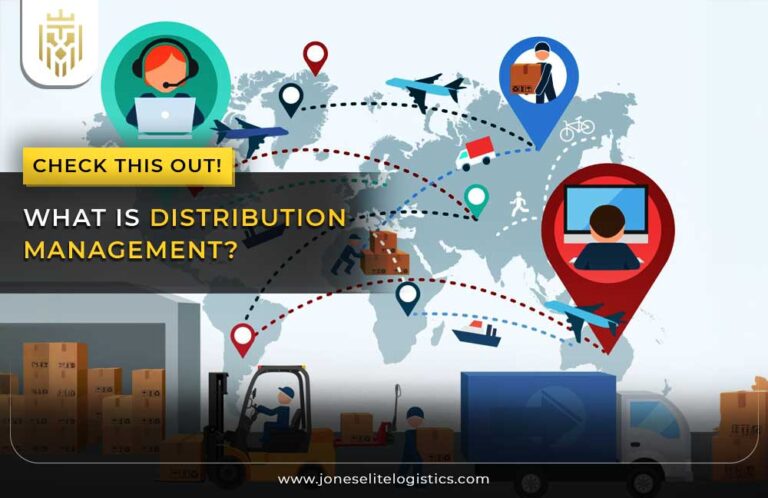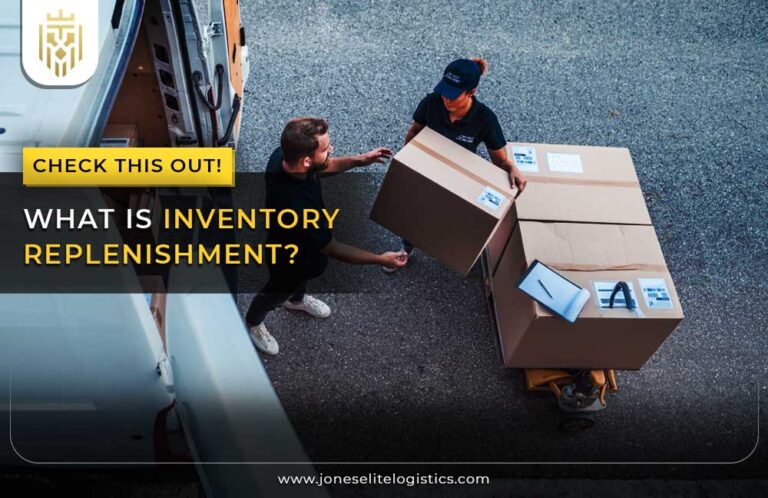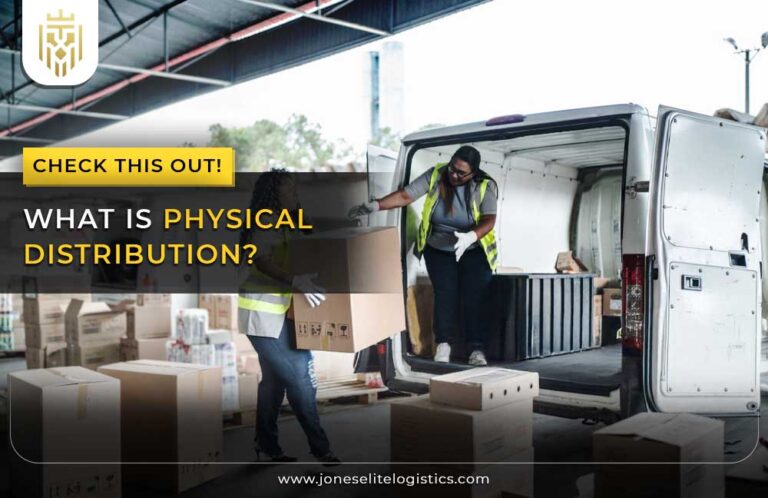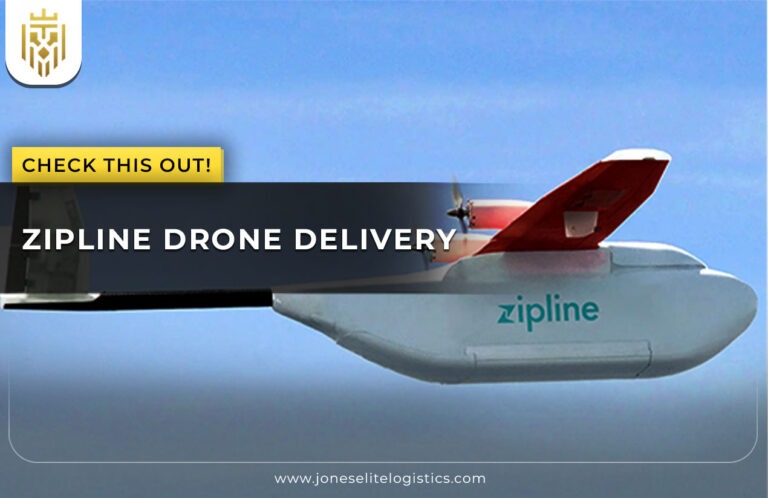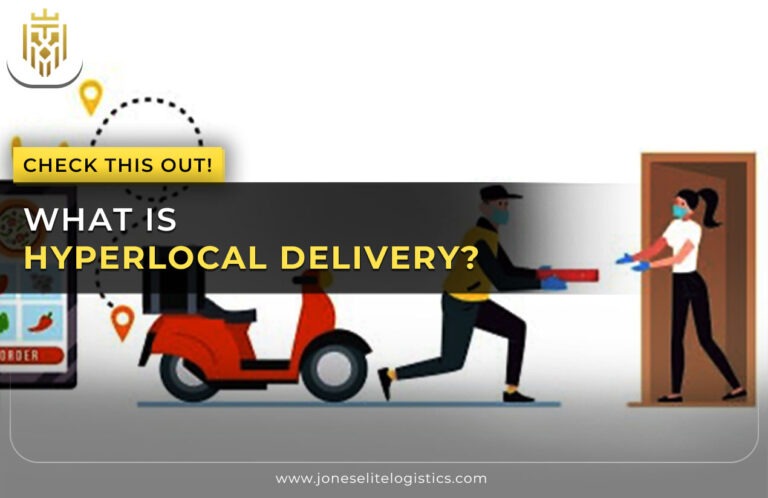Unraveling India’s Diverse Transportation Networks
India, being a large country with diverse geographical areas enjoys an extremely intricate framework of transportation networks. Commuting through this vast area is not an easy task, especially for businesses and transportation companies. Knowledge about India’s complex transportation infrastructure is extremely necessary for smooth and trouble-free operations for businesses. By the end of this blog, you will be imparted with knowledge about the complex transportation networks in India.
Understanding the Complexity: India’s Transportation Infrastructure
The transportation system in India is a real challenge because it spreads over several diverse networks like roadways, railways, waterways and airways that run through a vast number of regions. The road network covers more than 5.8 million kilometers, through the National Highway System, which connects major cities and industrial centers. The Indian Railways spans a great distance and is one of the largest railroad systems in the world. That being said, the outdated sections can result in delays in the system. Being a country surrounded by water and having rivers, canals, and coastal shipping routes in the country, they serve as a system for bulk goods transportation through eco-friendly and cost-effective modes. Finally, businesses can take advantage of the already existing air transportation infrastructure, with numerous connections domestically and worldwide, delivering time-critical and valuable cargo shipments faster at a higher price.
Opportunities in India’s Transportation Sector
The transportation sector of India, in particular, is a field that can open doors for businesses. Indian transportation networks offer a variety of opportunities for businesses and individuals. Here are a few opportunities the Indian transportation sector provides:
-
Last-Mile Connectivity: Undoubtedly, e-commerce and the increasing number of doorstep deliveries have served as the base of the growing need for last-mile connectivity solutions. Last-mile delivery services highlight business’s competitive advantage, especially in urban areas.
-
Multi-modal Transportation: Different modes using road, rail or waterways, will ensure smooth and easy transport of goods which is a huge advantage for companies. Well-developed companies, with an optimized multi-modal transport have always led the market.
-
Cold Chain Logistics: The perishable goods segment in India has seen fast growth and now comprises categories like fruits, vegetables, dairy, and pharmaceuticals. Cold Chain Logistics helps maintain a controlled atmosphere for shipping products and holds great potential for logistics service providers.
-
Technology Adoption: The development of new technologies, like route optimization software, warehouse management solutions, and real-time tracking systems, plays an important role in creating effective transportation systems.
Innovations and Solutions for Transport Networks
-
Route Optimization Software: With crowded streets and congested roads, this efficient navigation software has become important for effective transportation. Such devices are capable of producing routes considering distance, traffic patterns, and vehicle volume to establish the best route.
-
Real-Time Tracking Systems: Real-time monitoring systems allow visibility and transparency in the whole transportation process linking all locations. GPS-based tracking system makes it easier for companies to trace shipments, make schedules more efficient and keep delivery estimates accurate.
-
Warehouse Management Solutions: Warehouses are a crucial element in the operation of the transportation system. An updated warehouse management system allows businesses to accurately and precisely optimize inventory levels, fasten order delivery, and improve entire operational productivity.
Types of transportation in logistics Landscape
It is beneficial for companies to identify and understand the different transportation networks available to use the most appropriate one for their unique needs. Here are some key transportation networks:
-
Road Transport: In India, road transport is the most preferred transport option that is conveniently used to transport goods within the country. It is time-saving and accessible and enables door-to-door delivery. Nevertheless, during rush hour, road transport is affected by congestion, poor condition of the roads, and regulatory issues.
-
Rail Transport: Train networks were designed for carrying bulk cargo for long distances. It ensures the low cost of transportation expenses for the heavy cargo and at the same time provides a more friendly environment as opposed to the other mediums of transportation.
-
Air Transport: Air transport is at the top of the list as it is well known for its instant or fast transportation facility and delivery of time-sensitive or high-value cargo. It increases the reach on a global level and ensures that products are delivered to the customers in as little time as possible.
-
Water Transport: Waterways carry a lot of prestigious cargo in bulk and are oversized. It provides low-cost and eco-friendly alternatives. On the other hand, water transport may have certain constraints in connectivity and delivery speed.
Navigating Transportation Networks for Business and Logistics
While transporting to different locations, industries have to figure out everything coming their way and should also consider some aspects. Assess the shipment’s nature, distance, urgent needs and costs so one can choose the most appropriate transportation mode. Technology applications, such as route optimization software and real-time tracking systems, relieve the burden and improves the quality of operations. Learn about regulatory requirements and ensure you stay compliant to avoid delays and sanctions. Collaboration platforms which can facilitate asset sharing, facilitating resource pooling, optimization of the use of capacity and promoting sustainability in transportation would be very helpful.
Government Initiatives and Policies Impacting Transportation Networks Navigation
The Indian authority has come up with several goals and plans for the enhancement of traffic networks and easy transit within the country. Bharatmala Project aims to link all major cities via highways; new roads will be constructed, and existing roads upgraded, leading to the development of multiple corridors for commuting hence reducing the travel time. The Sagarmala project aims at appraising port-based growth, developing port infrastructure, and promoting coastal shipping and inland waterways. Policies like Direct Port Delivery and Direct Port Export are effective programs that simplify the customs clearing procedures to minimize the cargo dwelling time and fast clearance. Electronics Toll Collection makes the toll payments process simpler, relieving clog and biting efficiency. The emergence of National Waterways adds to inland water transport value by improvement of rivers.
Future Forward: Innovations Shaping the Future of India’s Transportation Infrastructure
The transportation networks of India are growing as a result of innovation and development. It is essential to track the rapid increase of government initiatives, in which the promotion of Electric Vehicles (EVs) has become the core of the strategy to completely eliminate carbon emissions. Along with the introduction of digital technologies and the Internet of Things (IoT), logistics activities would experience transformation with the use of real-time information sharing, sensor technology, intelligent analytics, and so on. The deployment of automation and robotics in a warehouse will help businesses in streamlining operations, enhance warehouse management, and improve safety. For comprehensive logistics services in India, work with Jones Elite Logistics.
FAQs
1. How interconnected are the various transportation networks in India?
The transportation networks in India are very interconnected through roadways, railways, waterways and airways. However, the quality of these networks is questionable, and the government is making efforts to improve them.
2. What are the major challenges faced by India’s Transport Network?
India’s transportation network faces challenges daily like congestion on roads and railways, inadequate last-mile connectivity, inefficient logistics operations, outdated infrastructure, and regulatory hurdles. These challenges hamper efficiency, increase costs, and hinder seamless transportation.
3. What recent innovations have been implemented in India’s transportation networks?
EV vehicles, real-time tracking systems, temperature sensors, automated warehouse management solutions and route optimization systems are some of the latest innovations in the Indian transportation networks.
4. What emerging technologies are expected to revolutionize India’s transportation infrastructure?
Autonomous vehicles, transportation systems using AI and data analytics and high-speed rail technology are some of the emerging technologies expected to revolutionize India’s transportation infrastructure. These innovations enhance efficiency, reduce emissions and improve connectivity.


